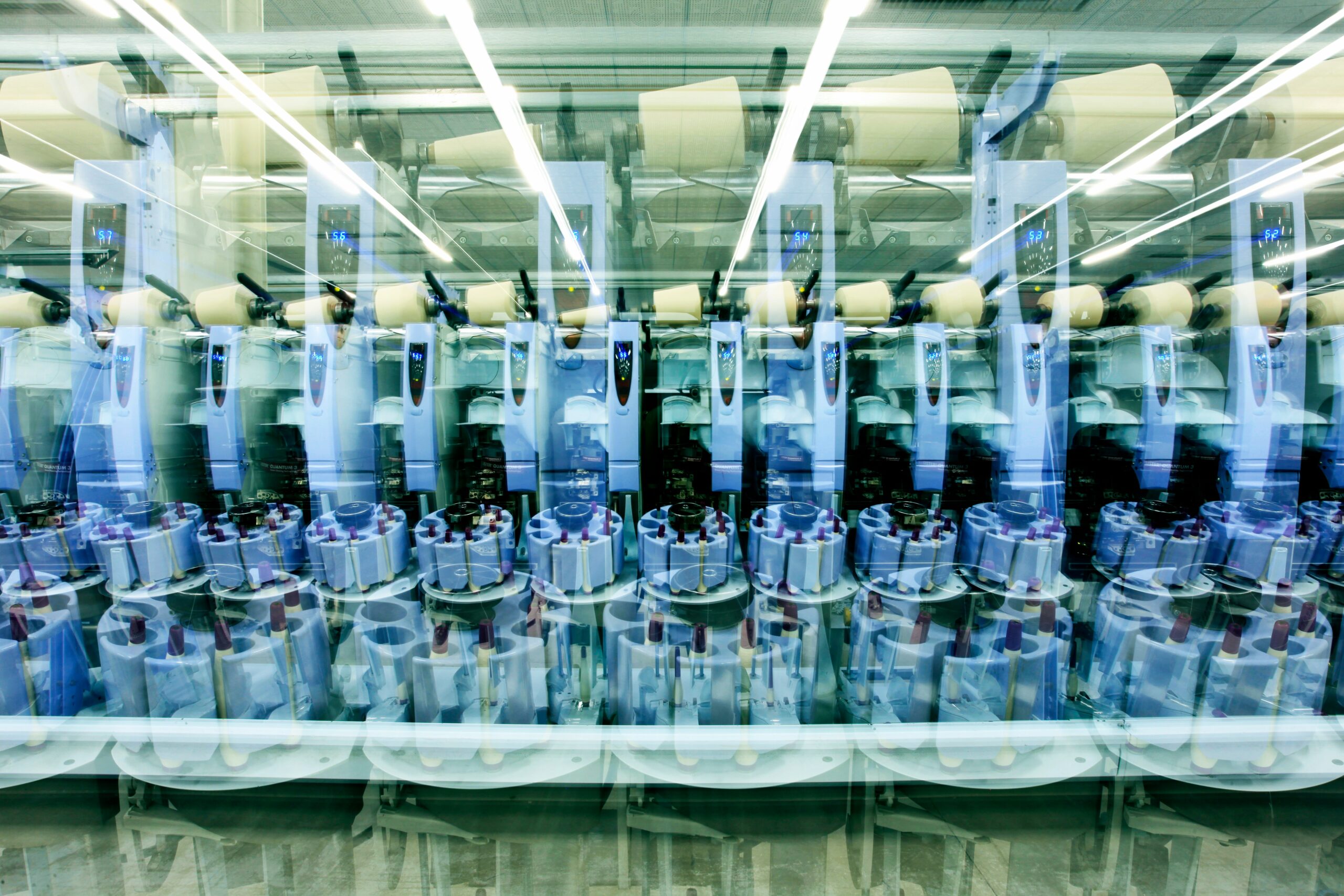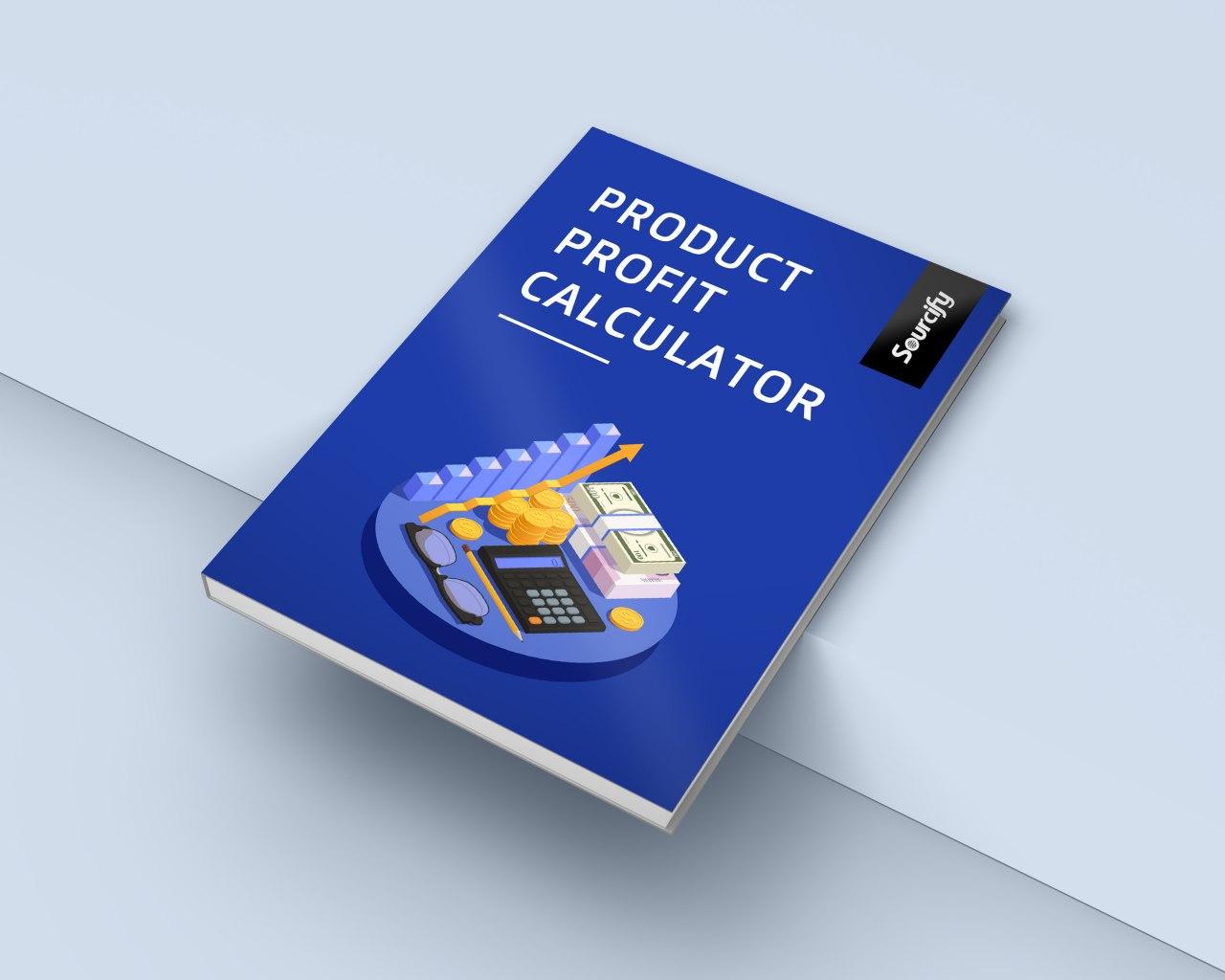When brands start paying attention to tariff engineering, they’re often surprised how small tweaks to their sourcing strategy — even without redesigning the product — can make a huge difference in landed costs.
Here are five proven tariff engineering strategies, with examples, to help you reduce your duty exposure and build a more resilient supply chain.
1. Shift Final Assembly
What It Means:
Move the final step(s) of production — such as stitching, welding, or packaging — to a country with better trade relations, even if earlier components are made elsewhere. If substantial transformation happens in the new country, it can change the country of origin (COO) and reduce (or eliminate) duties.
Example:
A U.S. brand importing LED light fixtures faced 25% duties due to Chinese origin. By shifting the final assembly — installing the driver and attaching the casing — to Vietnam, the product’s COO changed to Vietnam. The HTS code remained the same, but the duty rate dropped to zero.
Pro Tip:
Focus on where the most value is added and how Customs defines “substantial transformation.” Document every step.
2. Change Component Materials
What It Means:
Sometimes a single material — like rubber, leather, or plastic — triggers a higher tariff classification. Swapping that material with another (that performs similarly) can lower the HTS code’s duty rate.
Example:
A travel goods brand making cosmetic pouches was paying 17.6% duty for synthetic leather bags. By switching to coated polyester fabric, they reclassified the bags under a lower-duty HTS code, reducing the tariff to 7% — without changing the look or performance.
Pro Tip:
Get HTS classification input before finalizing the spec. Minor tweaks can make a major impact on cost.
3. Use Dual Sourcing
What It Means:
Diversify your production by setting up a second manufacturer in a country with favorable trade terms. You don’t have to leave China — but having a backup lets you shift volumes if tariff risks increase.
Example:
A brand making stainless steel water bottles used a Chinese supplier for years. During U.S. tariff hikes, they quickly moved 30% of their production to India, where similar bottles entered at 0% duty. The flexibility saved over $500K that year — and gave them leverage in negotiations.
Pro Tip:
Use the same molds and QC processes across suppliers to ensure seamless switching when needed.
4. Leverage Trade Programs
What It Means:
Identify whether your product qualifies under free trade agreements (FTAs) or duty-free programs like GSP, USMCA, or AGOA. These programs often reduce tariffs to zero for eligible goods and countries — but require strict documentation and rules of origin.
Example:
A jewelry brand moved earring assembly to Thailand, a GSP-eligible country. Because the metal posts and clasps were sourced locally and the value-added thresholds were met, the U.S. allowed duty-free entry under GSP — saving 5.5% per shipment.
Pro Tip:
Confirm the trade program’s renewal status (e.g., GSP is not currently active, but expected to return), and maintain a clear paper trail of sourcing and assembly steps.
5. Align Design and Classification
What It Means:
Bring in a classification expert or customs broker early during product development. They can help determine which features, materials, or component configurations trigger higher tariffs — and guide design decisions to avoid unnecessary costs.
Example:
A DTC furniture brand discovered that a dining chair with a fully upholstered back and seat was classified as “upholstered seating” and faced a 20% duty. But when they redesigned the same chair with a wood back and just a cushioned seat, it reclassified as “wooden seating” — with a 0% duty rate.
Pro Tip:
Classification is as much about intent as it is about interpretation. Include tariff planning in your early tech pack and sourcing discussions.
Final Takeaway
Tariff engineering isn’t just for Fortune 500s. If your brand relies on imported goods, there’s a good chance you’re leaving money on the table. These five tactics — when applied with expert guidance — can strengthen your margins, reduce surprises at the port, and turn your supply chain into a competitive advantage.
At Sourcify, we help brands proactively build tariff-smart sourcing strategies — from factory shifts to classification planning. Want to explore where you’re exposed and what changes could save you? Let’s talk.




